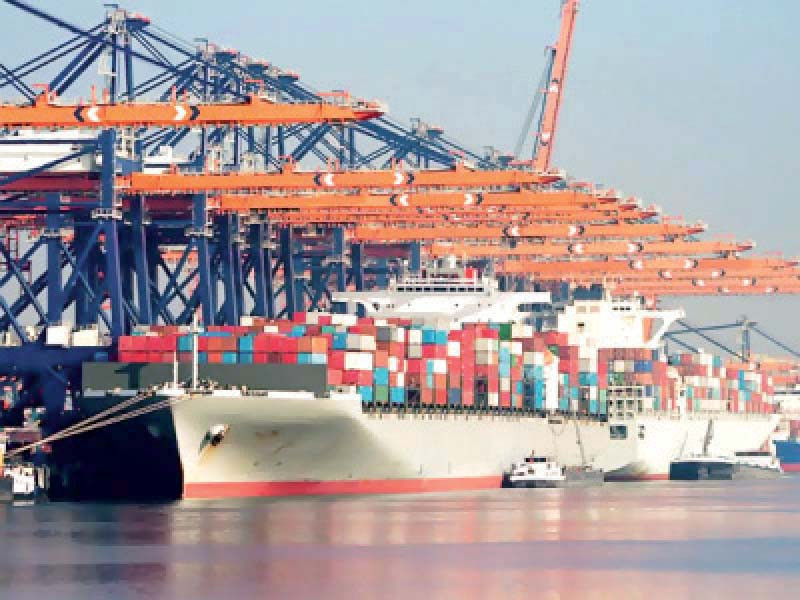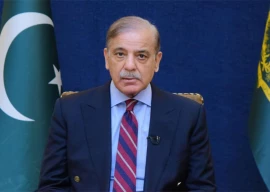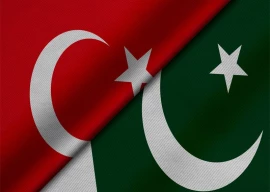
In a move with far-reaching implications for Pakistan’s export sector, the State Bank of Pakistan (SBP) has set in motion a gradual phasing-out of subsidised financing schemes for exporters, including the Export Finance Scheme (EFS) and the Islamic Export Refinance Scheme (IERS), reportedly in alignment with the International Monetary Fund (IMF)’s conditions. This decision, while met with discontent from some quarters, signals a shift toward reform in the nation’s financial support mechanisms.
Under this strategic overhaul, the SBP has wielded its authority to significantly slash financing limits for various banks. Consequently, affected banks have had to curtail their funding provisions to exporters, leading to a surge of frustration among exporters who have been impacted by these changes.
In response to a query sent by The Express Tribune, the SBP refuted rumours surrounding the termination of the EFS and IERS, yet the landscape of export financing is undeniably evolving. An official document has come to light, indicating that the government is actively engaged in efforts to revitalise the EXIM Bank, with the intention of introducing fresh, subsidised schemes to replace the phased-out EFS and IERS. Both financial experts and industry insiders have corroborated this development.
A missive dispatched by the SBP to a prominent bank clarified the transition process: “As part of the gradual phasing out of EFS from SBP to a new arrangement over a period of time, your bank’s revolving refinance limit under Export Finance Scheme (EFS) / Islamic Export Refinance Scheme (IERS) – has been reduced…” The directive, dated August 16, 2023, further stipulated that banks must ensure that their outstanding refinance under EFS/IERS adheres to the revised limits by August 31, 2023.
“Under the new arrangement, commercial banks may be able to take up phased out portion through their own liquidity against government subsidy. However, this mechanism will become effective and subsidy to be provided by government of Pakistan will be available through EXIM Bank, once operational payment modalities are agreed among the stakeholders and communicated to you accordingly,” the letter reads.
Amidst these shifts, an active exporter within the textile industry affirmed the adjustments, noting that the reduction in EFS limits correlates with a decline in individual exporters’ earnings.
Up until now, the central bank had extended subsidised financing to commercial banks at a rate of 19%, representing a 3% discount from its key policy rate of 22%. These funds were then disbursed to exporters by commercial banks to meet operational working capital requirements, incorporating their profit margins.
According to central bank data, commercial banks had extended an outstanding sum of Rs691 billion under the EFS and an additional Rs151.6 billion under non-SBP export financing as of July 2023. Cumulatively, these figures account for around 12% of the total Rs7.06 trillion in loans to private sector businesses.
Insiders revealed that the SBP’s move to reduce financing limits stems from concerns that these subsidised schemes contravene the conditions stipulated by the IMF’s loan programmes. Under these programmes, the SBP provides funds at discounted rates to banks, which then refinance these funds to exporters.
To replace the current system, the government is expediting efforts to introduce similar mechanisms through the EXIM Bank. The central objective of this initiative is to foster and stimulate export activities across the nation. Under the proposed changes, banks may be required to utilise their own resources and subsequently claim subsidies, rather than relying on funding from the central bank as has been the norm.
Highlighting one of the motivations behind this overhaul, a source explained, “Some of the exporters are believed to misuse EFS, as they borrow funds, park them at banks and earn interest income on it instead of using it for export purposes.”
As Pakistan navigates this financial transformation, the future of its export sector hangs in the balance, with potential benefits and challenges on the horizon.
Published in The Express Tribune, August 29th, 2023.
Like Business on Facebook, follow @TribuneBiz on Twitter to stay informed and join in the conversation.


1719211536-0/BeFunky-collage-(81)1719211536-0-165x106.webp)





















COMMENTS
Comments are moderated and generally will be posted if they are on-topic and not abusive.
For more information, please see our Comments FAQ